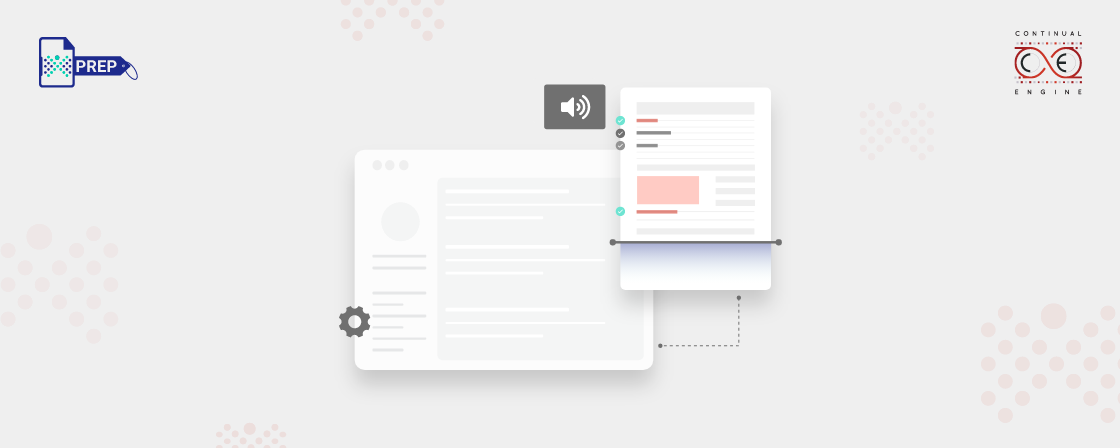Key Takeaways
- The PDF format is considered the universal standard for digital documents.
- Screen readers are assistive software programs for people with vision impairments to read the text on the computer screen.
- A screen reader can only read accessible PDFs.
- An accessible PDF contains alt-text and is properly tagged, so screen readers know how the document is structured.
- A PDF reader only allows users to open, view and print the PDF.
- A PDF editor lets users view and modify the content.
- All PDF editors are readers, but not all PDF readers are editors.
As technology continues to advance, the accessibility of digital content becomes increasingly important. One crucial aspect of accessibility is the use of screen readers. Screen readers are assistive technology software programs that assist individuals who are visually impaired or blind in accessing the information displayed on a computer screen. These programs read out the text, buttons, and other elements on the screen, allowing users to interact with the computer and use various programs and applications. Additionally, screen readers can provide alternate ways to interact with content, such as keyboard shortcuts and commands, making it easier for users to navigate and access information. With the help of PDF screen readers, people with visual impairments can access information and communicate with others just as easily as those without disabilities. Furthermore, screen reader for PDFs also play an essential role in making technology accessible to everyone by providing an alternate way to consume digital content, which can help increase the reach of digital content to a wider audience.
What are screen readers? How does reader software work?
Can a screen reader read PDFs?
Difference between PDF reader and PDF editor.
Conclusion
Transform with Affordable Document Remediation
Experience top-tier PDF remediation powered by AI, delivering unmatched quality, precision, and scalability, all at a fraction of traditional time and cost.
